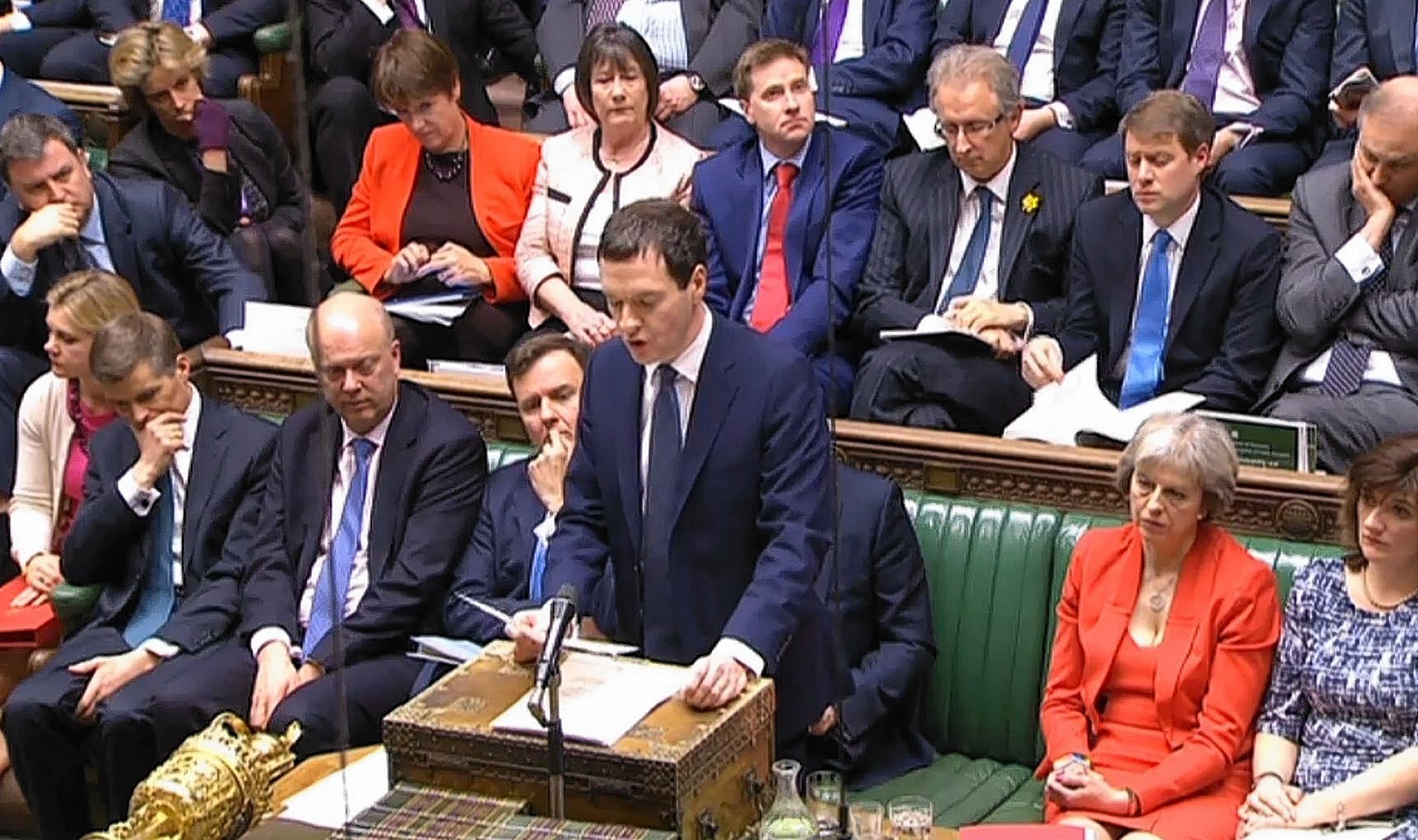The North Sea oil and gas industry has pumped more than £300billion into the Scottish and wider UK economy over the last four decades.
That is why it is only right that now the sector is facing tough times action is taken to help it.
Unfortunately, the steps taken by George Osborne in this week’s Westminster Budget do not go far enough. Welcome though the chancellor’s actions are, he could – and should – have gone much further.
As it stands, his actions represent a missed opportunity, and betray the fact that his government has no real long-term strategy for the industry, something which successive Westminster administrations, Tory, Liberal and Labour, have been guilty of over the decades.
The Scottish Government and the SNP have long been calling for action to address the situation facing North Sea operators as a result of the global fall in oil prices.
So while it was pleasing to see the chancellor cut the headline rate of tax for the sector, he should have gone further. As Professor Alex Kemp pointed out in yesterday’s Press and Journal, the ongoing lack of tax relief for exploration or development remains a major gap.
And Mr Osborne failed to deliver non-tax support for the industry, such as loan guarantees, which would help sustain investment and encourage firms to protect jobs.
In truth, the package delivered by the chancellor this week in some ways only partially addresses the action taken by the Tories and the Lib Dems in 2011, when their so-called supplementary charge was a hammer blow to the industry, which meant it was already in a weaker state than would otherwise have been the case when the oil price slump came.
There is no getting away from the fact that the current low oil price on world markets presents a very serious challenge to Scotland’s oil and gas industry.
But in terms of the challenge that it also poses to Scotland’s public finances, some of the crowing of the SNP’s political opponents would have you believe that this had happened under independence.
It hasn’t – it has happened on this UK Tory Government’s watch and after decades of mismanagement of the North Sea by successive Westminster administrations.
Across the other side of the North Sea lies a country of around five million people which has been lucky enough, like Scotland, to discover oil in its waters, but unlike us have had governments which have taken the long-term strategy of properly managing those resources.
Norway today has an oil fund worth well over £500 billion – more than £100,000 for every man, woman and child in the country and the biggest sovereign wealth fund on the planet – while Scotland’s oil savings, thanks to Westminster, amount to not a single penny.
That is a scandal, but fortunately it is not too late to make amends. There are more than 20 billion barrels of oil remaining in Scotland’s waters, and we must aim to ensure that the industry has a bright future, whatever the oil price.
Meanwhile, the SNP government is already doing everything in our power to help support the industry, including the work of the Energy Jobs Taskforce – which includes £12million in funding to help oil workers retrain in other fields – and an additional £379million of Scottish Government investment in Aberdeen and the north-east.


